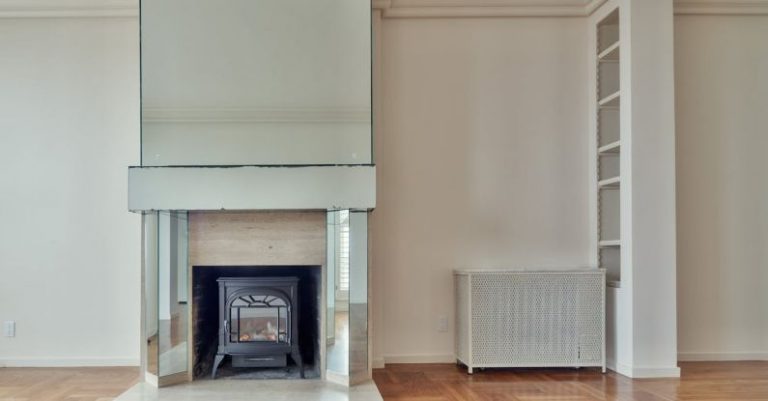
Sustainability has become a crucial factor influencing the field of contemporary architecture. As the world grapples with environmental challenges and the need for more responsible practices, architects are increasingly incorporating sustainable principles into their designs. This shift towards sustainability is not just a trend but a necessary response to the pressing issues of climate change, resource depletion, and urbanization. In this article, we will explore the significant role that sustainability plays in shaping contemporary architecture.
**The Integration of Sustainability**
In the past, architecture often prioritized aesthetics and functionality over environmental considerations. However, the paradigm has shifted, and sustainability is now a core principle driving architectural innovation. Today’s architects are challenged to create buildings that not only meet the needs of their occupants but also minimize their impact on the environment. This integration of sustainable practices encompasses various aspects of architectural design, from material selection to energy efficiency and waste reduction.
**Material Selection and Resource Efficiency**
One of the key ways in which sustainability influences contemporary architecture is through material selection and resource efficiency. Architects are increasingly opting for eco-friendly materials such as recycled steel, reclaimed wood, and low-VOC paints. These materials not only reduce the environmental footprint of a building but also promote healthier indoor environments for occupants. Additionally, architects are focusing on designing buildings that are energy-efficient, utilizing strategies like passive solar design, natural ventilation, and high-performance insulation to minimize energy consumption.
**Green Building Certifications**
In recent years, green building certifications such as LEED (Leadership in Energy and Environmental Design) have gained prominence in the architectural industry. These certifications serve as benchmarks for sustainable building practices and provide guidelines for architects to follow. By pursuing green building certifications, architects can demonstrate their commitment to sustainability and differentiate their projects in the market. Clients are also increasingly demanding sustainable buildings, driving architects to incorporate green features into their designs to meet these expectations.
**Biophilic Design and Connection to Nature**
Another significant aspect of sustainability in contemporary architecture is the emphasis on biophilic design and the connection to nature. Biophilic design seeks to integrate natural elements into the built environment to enhance the health and well-being of building occupants. Features such as green roofs, living walls, and ample natural light not only improve the aesthetics of a building but also contribute to a sense of well-being and productivity. By blurring the boundaries between indoor and outdoor spaces, architects can create environments that foster a deeper connection to nature.
**Adaptive Reuse and Retrofitting**
In addition to designing new sustainable buildings, architects are also turning their attention to adaptive reuse and retrofitting existing structures. Adaptive reuse involves repurposing old buildings for new functions, preserving their historic and architectural value while reducing the need for new construction. Retrofitting existing buildings with energy-efficient systems and sustainable features is another way architects are contributing to a more sustainable built environment. By reimagining and revitalizing existing structures, architects can reduce waste and embodied energy while creating unique and environmentally friendly spaces.
**The Future of Sustainable Architecture**
As we look towards the future, sustainability will continue to be a driving force in shaping the field of architecture. Architects will be called upon to design buildings that not only respond to the needs of today but also consider the long-term impact on the environment. By embracing sustainable principles and innovative technologies, architects have the opportunity to create buildings that are not only beautiful and functional but also environmentally responsible. Sustainable architecture is not just a trend but a necessity in addressing the challenges of the 21st century and creating a more sustainable future for generations to come.





